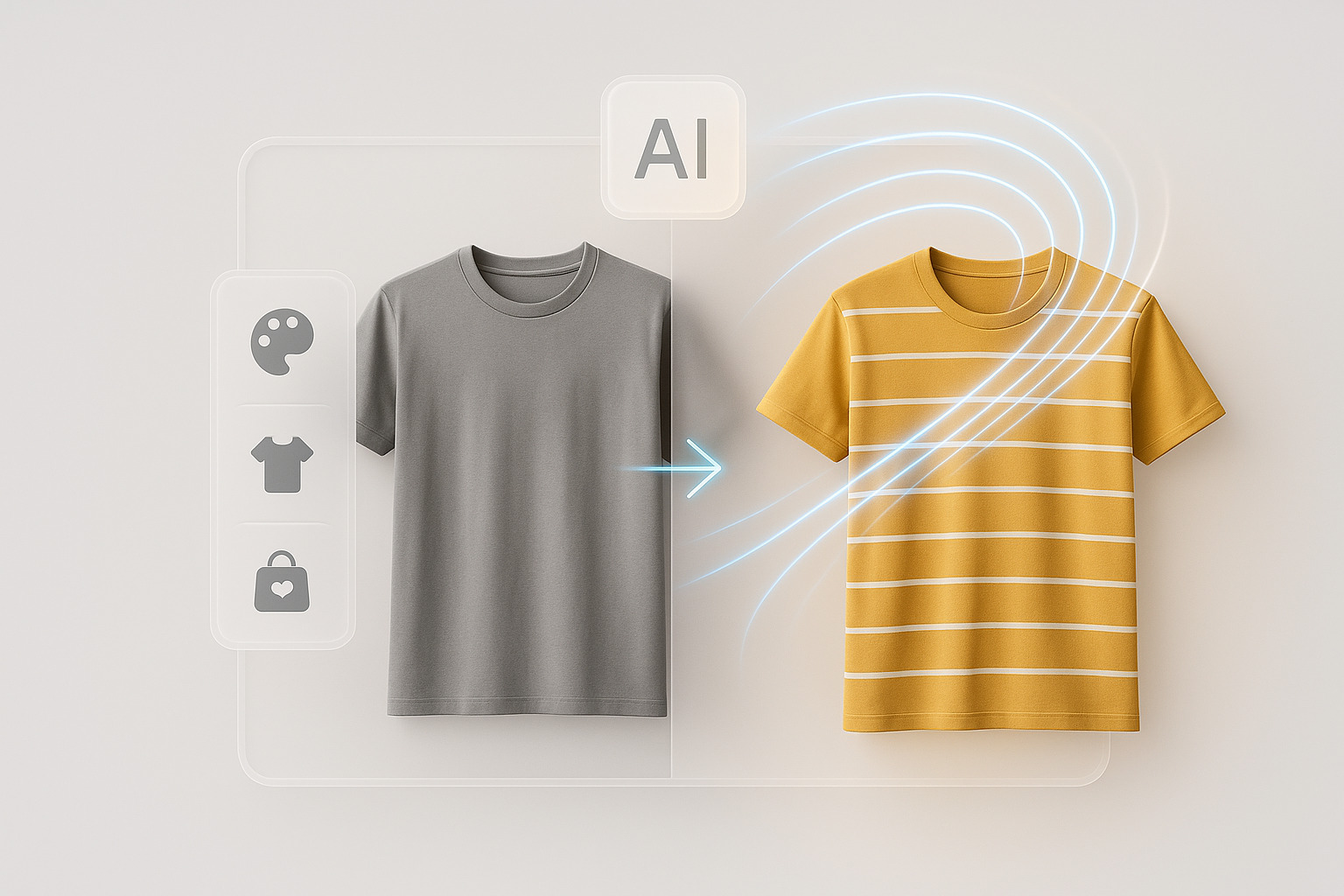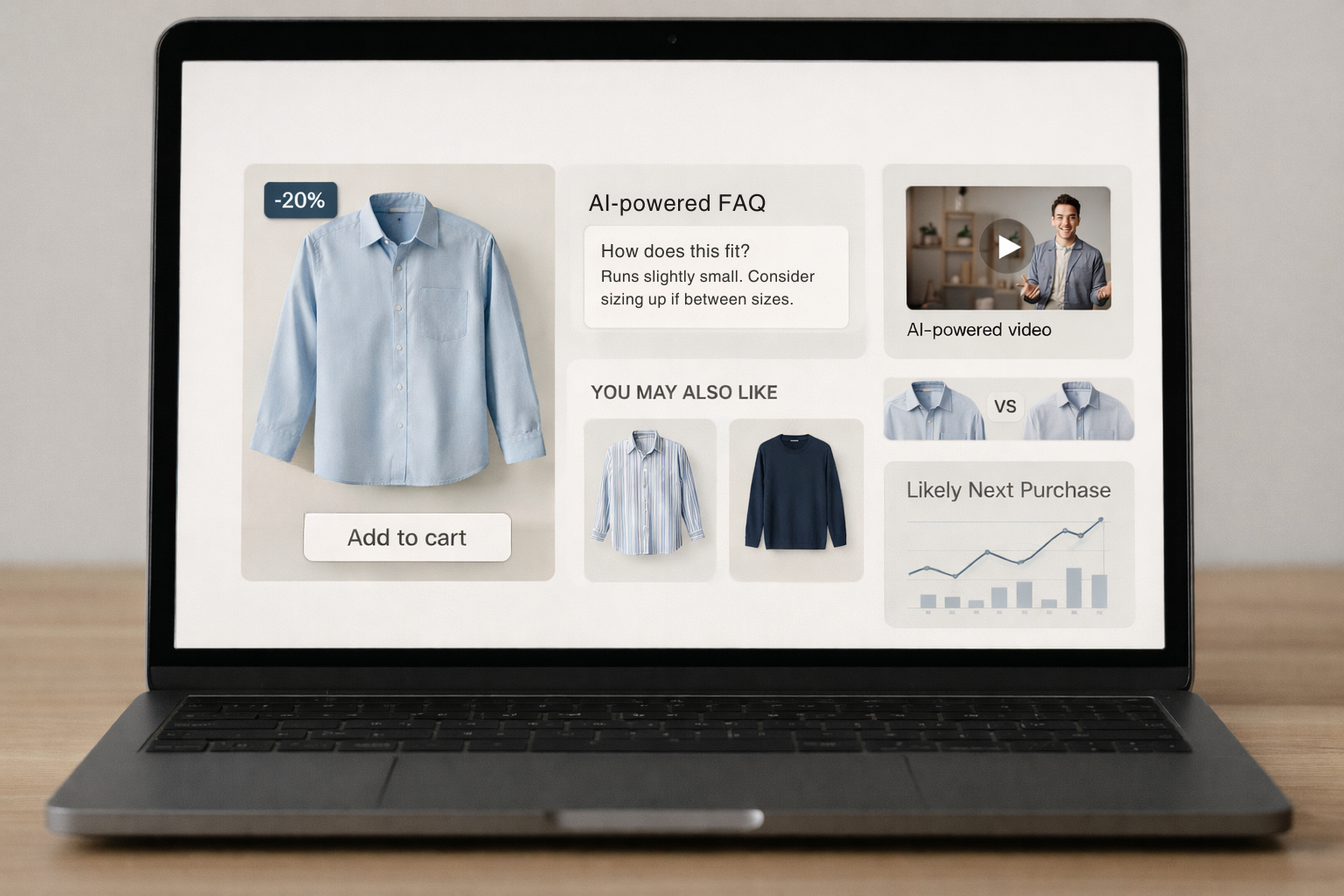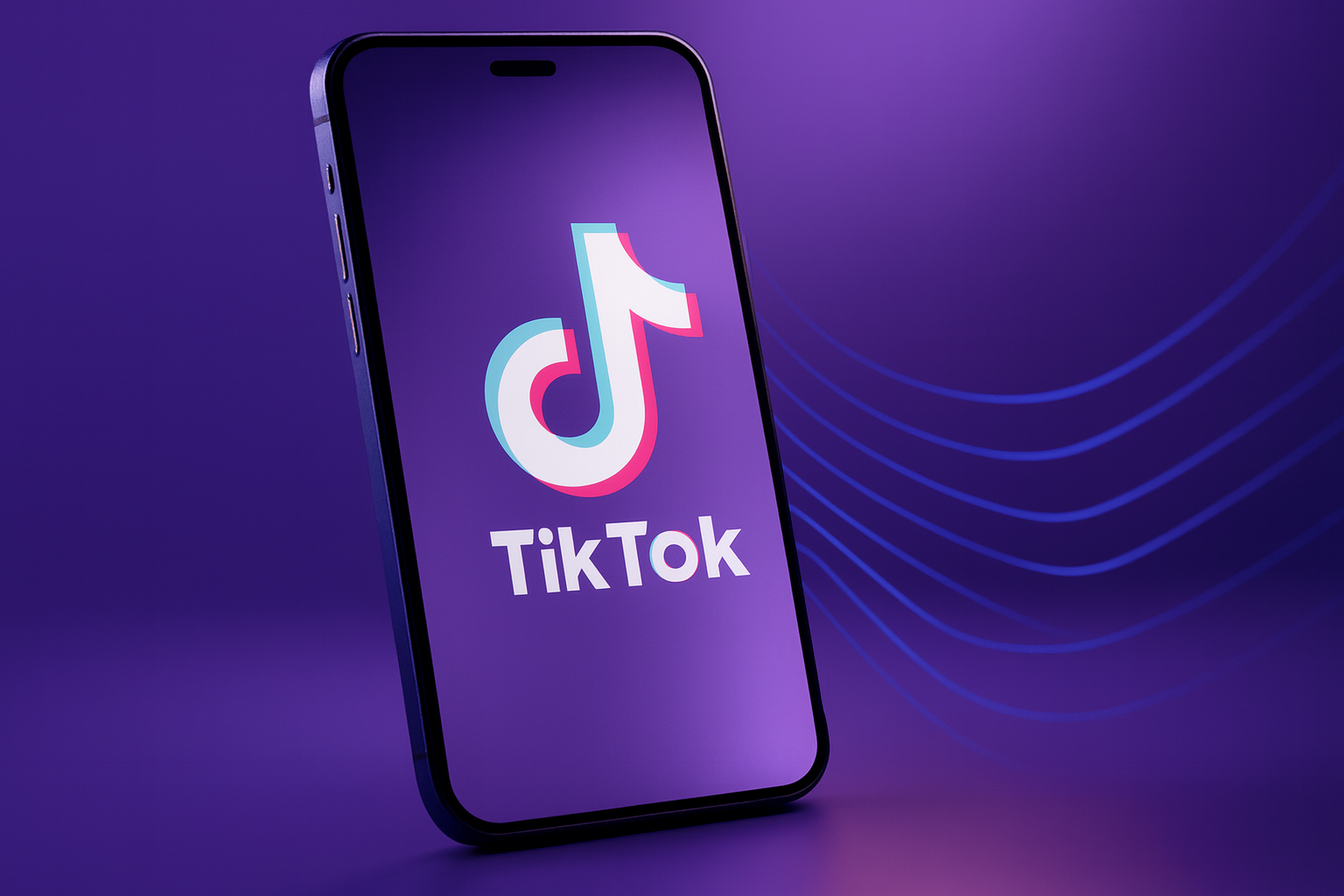Aren't you tired of seeing consumers tune out traditional ads? 67% of Americans report feeling annoyed by irrelevant advertising, even during the Super Bowl. Direct-to-consumer (DTC) marketing eliminates this. You sell straight to customers through your own digital storefronts, social channels, and fulfillment network. Perfect timing, too.
Trust has shifted toward peer reviews and niche communities. Controlling every customer touchpoint is gold. DTC gives you first-party data, tailored experiences, and real-time feedback loops. These advantages create higher lifetime value and leaner operations.
This perfect storm of changing consumer behavior, tech innovation, and economic pressure is pushing smart brands to ditch tradition and embrace DTC for real growth.
Why Traditional Marketing Doesn’t Cut It
Traditional marketing channels create significant barriers between brands and their customers. When you rely on intermediaries to sell your products, you surrender control over crucial aspects of your business:
- Loss of brand control: Store buyers decide shelf position, promotions, and pricing. Your carefully crafted brand experience survives the journey to the shelf.
- Missing customer data: Since checkout happens on their register, the retailer owns all that juicy customer data. You're left guessing who bought your product, why they chose it, or what might bring them back.
- Supply chain friction: Every new product must navigate wholesalers, distributors, and in-store resets. Months pass before shoppers see your latest creation while trends change overnight.
- Message dilution: Agencies, wholesalers, and merchandisers each add their spin. By the time customers see it, your story feels generic, stripped of the authenticity today's shoppers crave.
- Inventory challenges: Without real-time demand data, you're flying blind. Overstock one season, only to have empty shelves the next. Relying on a handful of retail partners creates dangerous single points of failure.
- Eroding consumer trust: Shoppers trust peers and communities far more than glossy campaigns. Years of intrusive marketing and data breaches have widened this gap.
The Core Benefits Driving DTC Adoption
When you control everything, from the product page to the doorstep, the game changes. DTC brands keep conversations, data, and revenue in-house, creating four advantages traditional wholesale can't touch.
You Get to Own Your Brand Story From Start to Finish
You control every touchpoint in the customer journey with DTC. Your packaging, emails, unboxing experience, and customer service all speak with one voice, never filtered or diluted by retail store policies or third-party interpretation. This unified presentation builds brand credibility fast, creating consistent experiences that customers remember and share.
The authenticity resonates deeply, especially in an era where consumers trust peer recommendations over traditional advertising claims. When your message arrives exactly as intended, customers develop stronger emotional connections with your brand, leading to increased loyalty and higher repeat purchase rates.
You Can Leverage Customer Data That's Actually Yours
Selling direct creates a goldmine of first-party data with every customer interaction. Instead of relying on increasingly restricted third-party cookies or demographic estimates, you gather detailed preferences and behaviors directly from your audience.
This proprietary data fuels hyper-personalized offers and product recommendations that feel tailored rather than intrusive. Research shows that people actively avoid irrelevant promotions but respond positively to contextual suggestions, indicating that relevance has a significant impact on conversion rates and average order values.
The ongoing feedback loop continues to refine your understanding, creating a sustainable competitive advantage that traditional retailers can't match.
You Can Reclaim Your Profit Margins
Skipping middlemen transforms your financial model by allowing you to capture the retail markup that is typically lost to distribution channels. This reclaimed margin creates strategic flexibility, allowing for investment in premium materials, offering more competitive pricing, or simply improving bottom-line profitability.
Direct models to higher contribution margins and significantly leaner working capital requirements, even after accounting for increased shipping costs and digital advertising investments. The improved cash flow enables faster scaling without proportional capital requirements, creating a virtuous cycle where profitability fuels further expansion.
You’ll Innovate at the Speed of Your Customers
Real-time dashboards and direct customer feedback eliminate the traditional retail innovation bottleneck. Launch limited test batches, experiment with different creative approaches, or pivot messaging overnight because there's no retailer buying cycle or planogram reset standing in your way. This agility lets you respond to market trends or customer feedback in days rather than months.
DTC brands consistently outpace legacy competitors by compressing product development cycles from quarters to weeks, creating a perpetual innovation advantage. The rapid testing environment also reduces risk, allowing more experimental approaches with minimal downside.

Modern DTC Marketing Strategies That Work
Winning at direct sales requires a strategic blend of personalization, community engagement, and seamless customer experiences. Here's what's working right now:
- AI-Driven Personalization: changes how you connect with customers by analyzing their signals to predict what they'll want next. Smart algorithms create fluid customer segments, letting you adjust everything instantly.
- First-Party Data Mastery: gives you the edge by owning both the checkout and its insights. Every interaction builds profiles that replace those disappearing third-party cookies. You can send messages that feel helpful, not intrusive. This approach keeps regulators happy while making your advertising more efficient by cutting waste.
- Influencer and Community-Based Campaigns: tap into voices people actually trust. Smaller influencers with dedicated followers often drive more sales than celebrities because their posts feel authentic. User-generated content extends your reach at minimal cost.
- Omnichannel Digital Experience ensures your message remains consistent as customers transition between Instagram, your website, and checkout. A unified system that syncs product details, prices, and promotions across all channels creates seamless journeys that boost order values while meeting customer expectations.
Examples of DTC Brands Success Stories
Real-world examples demonstrate how direct-to-consumer strategies have created market leaders across diverse industries.
- Warby Parker transformed online eyewear by putting customers first. Their home try-on program, transparent production, and strategic showrooms meet shoppers on their terms. This customer-focused approach, combined with omnichannel convenience, helped them outperform traditional competitors.
- Dollar Shave Club proved that humor and simplicity beat established giants. One viral video and an easy subscription model toppled legacy razor brands by shipping blades directly to customers while securing recurring revenue.
- Tesla took disruption a step further by eliminating dealerships entirely. Customers configure, buy, and update their cars online, completely flipping the traditional automotive sales model.
- Gymshark used micro-influencers and limited drops to build a global fitness community. Their fans' enthusiasm turned a garage startup into a billion-dollar company in just a few years.
These brands share key success factors: direct customer relationships, authentic community engagement, and complete control over their brand. This combination drives faster growth and deeper loyalty than traditional retail ever could.
DTC Is No Longer Optional
The shift to direct-to-consumer sales reflects fundamental changes in how people discover and purchase products. Traditional ads can't match peer recommendations for influence, and customers are increasingly seeking genuine connections over mass-market messages.
Owning your sales channel means capturing valuable customer insights rather than relying on intermediaries. Direct relationships deliver better results through controlled pricing and distribution, allowing you to reinvest retail markups into superior experiences. This approach counters rising customer acquisition costs while increasing lifetime value.
Don't wait, consumers already get most product information from digital sources. Transform your customer experience with Firework's AI-powered video commerce platform. Schedule a demo now!
Unlock Exclusive Insights
By submitting this form, you agree to Firework's privacy policy and consent to receive personalized marketing communications. You can unsubscribe at any time.




























